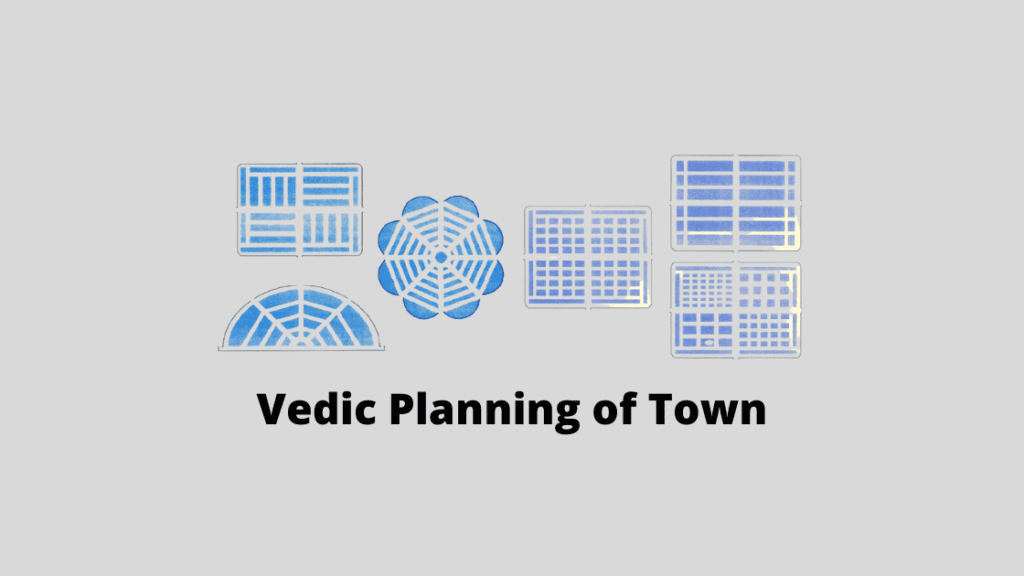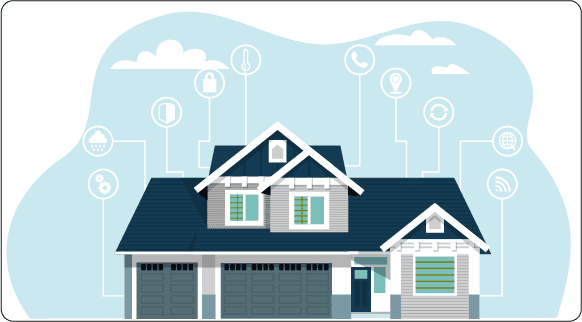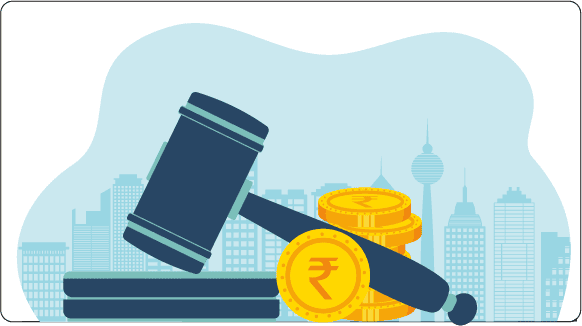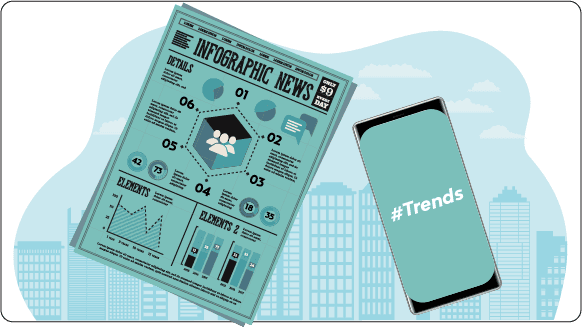What is the Von ThÜnen Model?

The Von Thunen model is a hypothesis that, after Von Thunen’s perceptions and meticulous numerical estimations, predicts human conduct in terms of landscape and economy.
Like scientific experiments or hypotheses, it depends on a progression of assumptions, that Von Thunen summarizes in his idea of an “Isolated State.”
The Von Thunen Model endeavors to differentiate between land-use patterns because of the various scales of agricultural production. More explicitly, it relates transportation expenses to distance from the market trying to clarify rural land use. It foretells:

- Marketplace in proximity to the intense rural land use area.
Example: Commercial milk farming (dairying)
To minimize the distance and lower the transportation costs, the farms are located closer to the urban areas.
- Extensive rural land-uses further from the commercial centers or marketplace.
Example: Ranching
Domesticated animals need a lot of lands to graze, so ranchers involved land farther, where there was a great deal of it at a generally low cost.
*These rural land-use zones are addressed by concentric rings in the model.
The assumptions made are –
- The city is found centrally within an “Isolated State” that is independent and has no external impacts.
- The Isolated State is encircled by an unused wilderness.
- The land of the State is entirely flat and has no mountains or rivers to interfere with the terrain.
- The soil quality and climate are steady all through the State.
- In the Isolated State, the farmers transport their products to market through oxcart, across the land, straightforwardly to the central city. Thus, there are no roads required.
- Farmer’s act to amplify their benefits.

The Four Rings
In an Isolated State with the previous assertions being valid, Von Thunen hypothesized that a pattern of rings around the city would foster because of land cost and transportation cost.
Zone 1: Intensive dairying and agriculture
Fresh milk, dairy items, certain vegetables, and fruits, these items can get ruined rapidly and are highly popular, so they should be nearest to the market.
Zone 2: Forest
Firewood and fuel production. Conveying heavy loads would be troublesome if it was situated far from the central city.
Zone 3: Extensive field crops
This incorporates grains for bread (which require bigger lumps of land for growing/ harvesting). Grains keep going for significant periods, are lightweight, and can be stored without any problem. Located further from the center since they last longer than dairy items and are less expensive to ship than forest resources.
Zone 4: Ranching
The cheap lea sow range is plentiful further from the center. Whenever animals were raised, they were driven “on the hoof” to the city market (reducing the expense of shipping them such a significant distance).

What Can the Model Tell Us?
Although the Von Thunen model was introduced before the era of factories, expressways, highways, and even rail lines, it is as yet an important model. It is a magnificent delineation of the balance between land cost and transportation costs. As one gets nearer to a city, the cost of land increments.

Unlocking the Power of Feng Shui in Real Estate: A Guide to Harmonizing Your Home
The Von Thunen Model endeavors to differentiate between land-use patterns because of the various scales of agricultural production. More explicitly,...
What is External Development Charges (EDC)?
The Von Thunen Model endeavors to differentiate between land-use patterns because of the various scales of agricultural production. More explicitly,...
Importance of Highway for Indian Real Estate Sector
The Von Thunen Model endeavors to differentiate between land-use patterns because of the various scales of agricultural production. More explicitly,...
Ways to Manage Traffic in Metro City
The Von Thunen Model endeavors to differentiate between land-use patterns because of the various scales of agricultural production. More explicitly,...
What is Travel Demand Modeling?
The Von Thunen Model endeavors to differentiate between land-use patterns because of the various scales of agricultural production. More explicitly,...
What are CPM and PERT?
The Von Thunen Model endeavors to differentiate between land-use patterns because of the various scales of agricultural production. More explicitly,...
Overview of Vedic Town Planning
The Von Thunen Model endeavors to differentiate between land-use patterns because of the various scales of agricultural production. More explicitly,...

















